Looking for a watch part to fix your watch but don’t know the name of it? Bought your very first luxury watch but you don’t really know why it’s more expensive than other watches?
We get your pain, we’ve been there. That’s why we are bringing together a comprehensive guide to explain the different parts of a watch.
In this post, you can expect to find watches parts names and how they work.
Let’s get started!
To start, let’s talk about the watch components that are clearly visible.
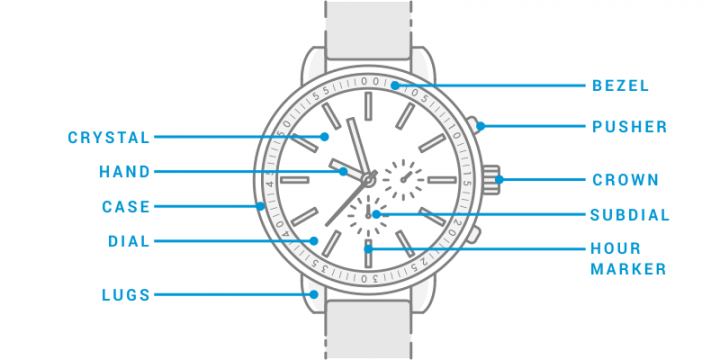
Source: Diny’s Jewelers
A watch case protects the movement or the interior mechanism that powers the watch.
Since durability is important, the form and function of the case material are both priorities.
For example, precious metals for formal events, plastic for sports, and stainless steel for business.
Meanwhile, there are some watch products that use plastic as the material for their watch cases. It can also be available in varying colors, allowing the user to change the case according to whichever color she pleases to use for a certain occasion.
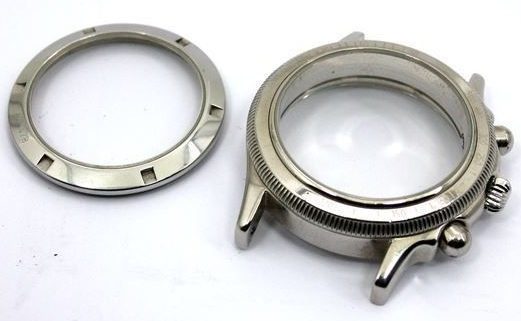
Source: Pinterest
A watch crown is a component used to adjust the time.
Some watches have a second indicator and date window, both of which work by pulling out the crown.
It may also have other functions depending on the type of watch.
So primarily, the watch crown is used for the adjustment of time, as well as the setting of date and day of the week.
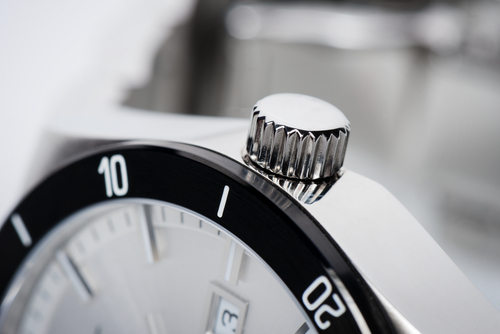
Lugs are found at the 6 and 12 positions that join a strap or bracelet to a watch case.
They can be drilled either completely or on the inside only to hold the spring bars, which secure the strap.
The distance between the two lugs determines the size of the strap.
It is, therefore, essential to have an accurate measurement of the width of the lugs before getting a replacement.
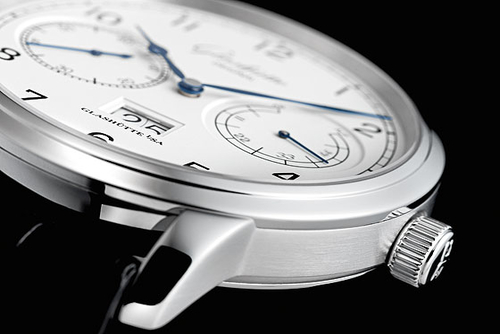
A strap or band serves two important functions – to hold the watch on your wrist and to showcase your sense of style.
It can be made from a range of materials, such as metal (for the bracelet), rubber (for water sports/diving), satin (for dressiness), nylon (for sports), and fine leather (for business or casual).
Most watches have bands that are interchangeable so you can change them to fit the occasion.
Let’s take a look at the different parts of a watch strap:
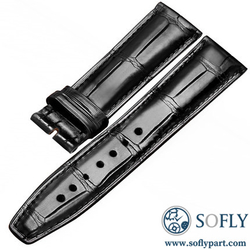
• A band is made up of two halves that connect to the watch lugs.
• Adjustment holes help the strap fit your wrist ideally once it meets the buckle.
• Keepers are loops that keep extra strap material in place.
• A free loop is a flexible keeper that freely slides within the band.
• A buckle secures the watch on your wrist, typically with a belt-type or folding closure.
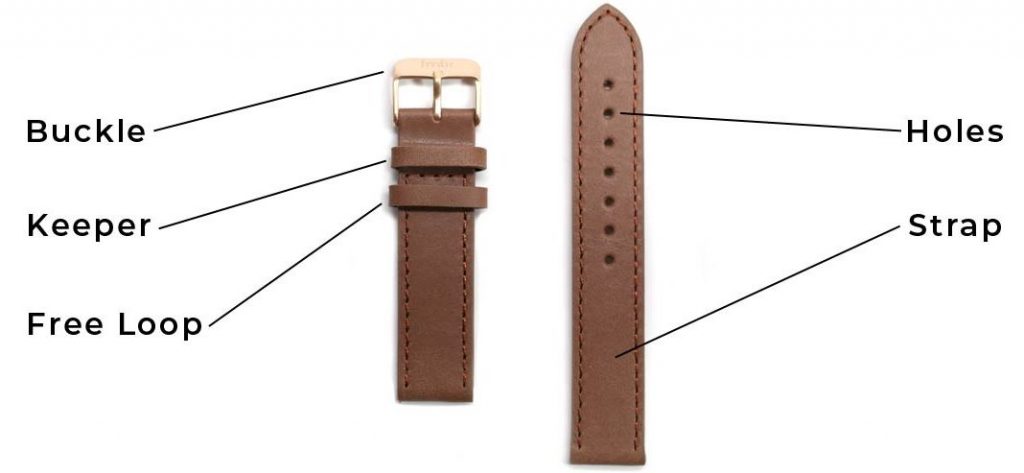
A bezel is a flat or round-edged ring that connects a watch case to the lugs. It differs depending on the watch style, but a bezel commonly has two functions:
• Design – Fluted and plain bezels display classic techniques of watchmaking. They are sometimes made with precious stones and other decorations.
• Technical – Functional bezels can either be rotating or non-rotating. They have specialized scales that display Greenwich Mean Time, measure distances, and are even used as racing timers. Sailors, pilots, and divers use these bezel types in their profession.

Watch hands are responsible for telling the time on the dial. In a typical watch, there are two hands – the hour hand and the minute hand.
The hour hand is generally shorter than the minute hand but some watches today feature hands with some designs.
Some complex watches are made with more hands. For instance, a chronograph watch has additional hands for other functions, commonly known as “complications,” which we will discuss later on.

A watch crystal is a protective component that prevents dirt, dust, and other particles from going into the hands and dial.
Take note that some watches may still indicate “crystal” while the material is plastic. Even though these are completely different materials, they both serve the same function.
You can easily identify it as the part of the watch which takes most of the subtle and deep scratches, and even the hardest hits. It acts as a barrier or shield that guards the safety of your watch.

This refers to the numeric labels, usually 1 to 12, that you can see on the watch face. Sometimes, they are designed as symbols, roman numerals, or simply dots.
A subsidiary dial, or subdial, is a tiny dial found within the main watch dial. It is a common feature in complex watches, such as alarm watches, chronographs, calendar watches, and dual timezone watches.
A pusher is a small button found on the side of a watch.
It is similar to a crown but is designed for other functions apart from the time, such as the date.
A watch crown is like the main adjuster on the main temperature of your thermostat.
Whereas, a pusher is like a switch used to adjust specific schedules of temperature.
Overall, it is designed to activate an internal operation within a watch. It is most often referred to as the most common “control mechanism”.
This time, we’re going to tackle the complicated parts inside a watch. Inside your watch, the movement is what keeps the watch ticking. Even the simplest watch is made up of at least 100 watch components. Let’s take a closer look:

Source: Symb.ly
Simply called a balance, a balance wheel is connected to the balance spring that helps regulate the time.
It is a weighted wheel that rotates back and forth as the balance spring spirals to divide the time into equal sections.
This is similar to the pendulum within a pendulum clock. Swaying back and forth, it returns to the center position through a spiral torsion spring.
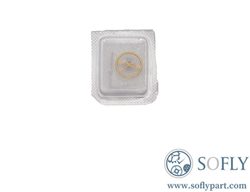
Sometimes called a hairspring, a balance spring is a fine spring connected to the balance wheel in a mechanical watch.
A bridge is connected to the main plate to help form a frame of the watch movement.
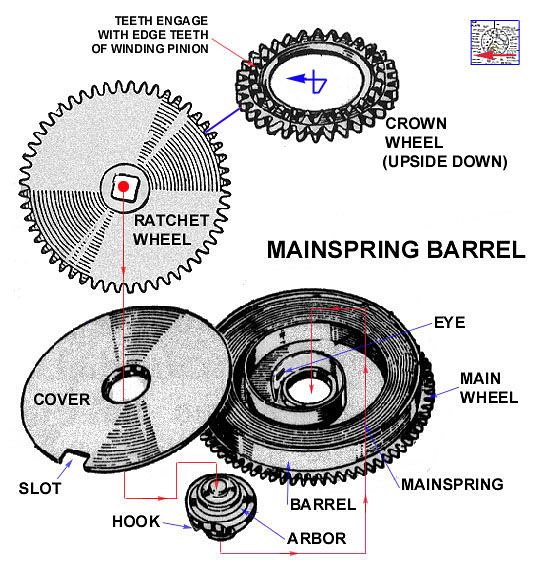
The barrel is a cylindrical box that houses the mainspring. It rotates slowly on an arbor or axle that affects the duration of the power reserve on a watch. There are four types of barrels:
• A plain barrel does not have any teeth and is used in fusee clocks and watches. A cord or chain winds around the barrel, attaching it to the fusee.
• A safety or motor barrel is used in pocket watches in the 1900s. It is an older version of the going barrel wherein the spring winds by rotating the barrel and oscillates the movement by the middle arbor. The intent of this mechanism was if the spring breaks, harmful recoiling would not affect the gear train.
• A going barrel has rings of teeth around the edges and is used in mechanical watches. Winding it enables the movement that allows the mainspring to run the watch continually.
• A hanging barrel is an updated form of the going barrel. It is supported by the watch movement at its upper side only to save space.
Source: Pinterest

A gasket is a tiny ring, usually made from rubber, used to achieve an air-tight seal.
A watch has several gaskets found in the crown, case back, and crystal to keep water from going in.
To maintain water-resistance, the gaskets of your watch must be inspected every few years.
Should you want a replacement, you can visit the nearest watch repair shop or book a repair service with watch manufacturers like Sofly.
An escapement is a mechanism that transforms energy into lateral impulses in mechanical clocks and watches. It releases the gear train periodically to move it forward; thus, advancing the hands of the timepiece.
Also known as a base plate, the main plate is a metal piece that secures all the parts of a watch movement. Each watch part is securely attached to the main plate.
A mainspring is a spiral string that provides power to the geartrain. Twisting the spiral tighter through a key or knob stores power and winds the watch to create movement.
A rotor is a rotating component found in an automatic watch. It winds the mainspring, which enables a watch to be automatically wound, rather than manually as the wearer moves.
A jewel can be an authentic ruby or a synthetic stone that minimizes friction in the geartrain.
Less friction helps in maintaining accurate time while reducing wear on the watch components.
With higher number of jewels, or jewel count, the greater the quality of the watch will be.
Some antique watches have a minimum of 7 jewels per watch, and the highest jewel count for standard movements is 23 to 24 jewels.
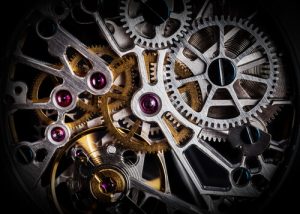
A shock absorber protects the center points of the movements by catching the shock from the balance staff. This part is essential in sports watch models.
If a watch is shock-resistant, it means that the fragile parts that hold the balance wheel are positioned in a spring suspension system.
Its purpose is to protect them from any scratch of damage every time the watch is dropped or hit by a strong force.
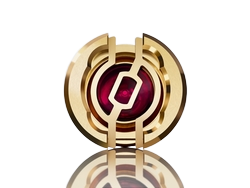
Now that you have a clearer picture of the different watch parts, let’s talk about the various functions a watch may have. Any added feature to your watch is called a watch complication. The main purpose of watch complications is to simplify or enhance your way of life.
Check out which of these complications you can find on your watch:
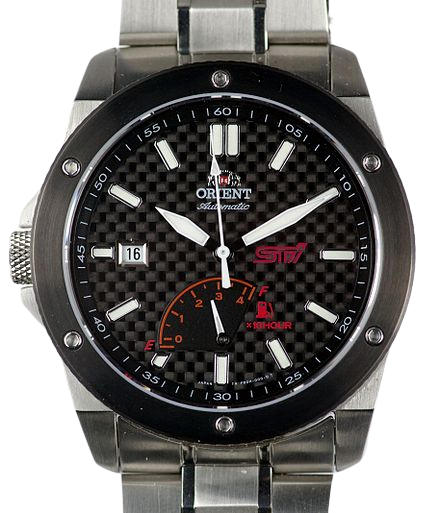
Source: Wikipedia
A power reserve feature is mainly found in manual watches, but may also be in automatic and self-winding timepieces.
Also known as “Reserve de Marche,” it displays the time left until your watch stops working and when it requires more winding.
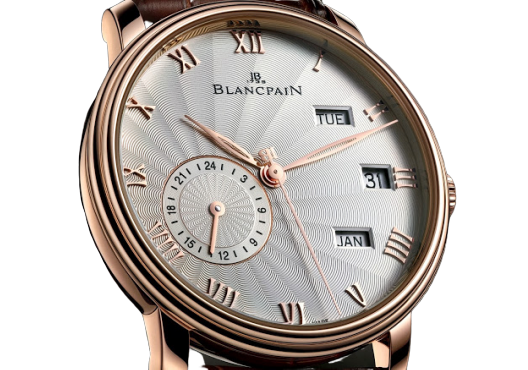
Source: Money Inc.
This feature shows you the date and month, day, and most of the time, the year.
You need to adjust this feature each time February ends as this does not include leap years.
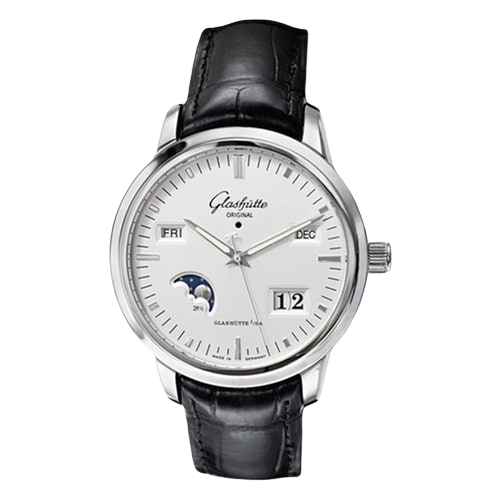
Source: Drop
This is the standard calendar version that shows you the date and month.
However, some complex movements also display the day of the week.
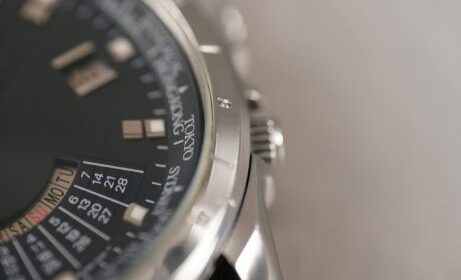
A perpetual calendar accurately shows the different durations of all the months until the year 2100. This complication shows the date and month, day, and has added functions, such as the year and moon phase.
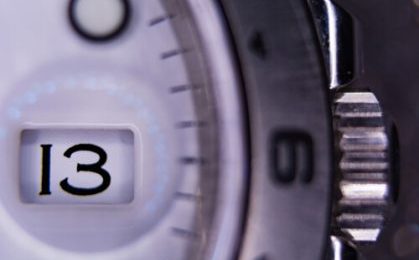
A date window is part of the calendar feature that displays the number linked with the date. It is commonly found at the 3 o’clock, 5 o’clock, and 12 o’clock positions.
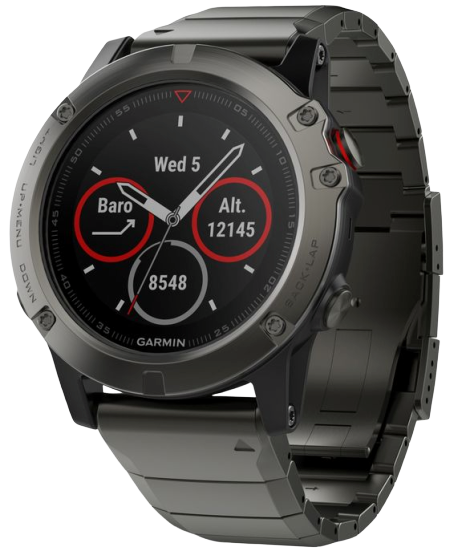
Source: Pinterest
This feature is mainly found in watches for diving. The alarm goes off once a diver hits a pre-set depth.
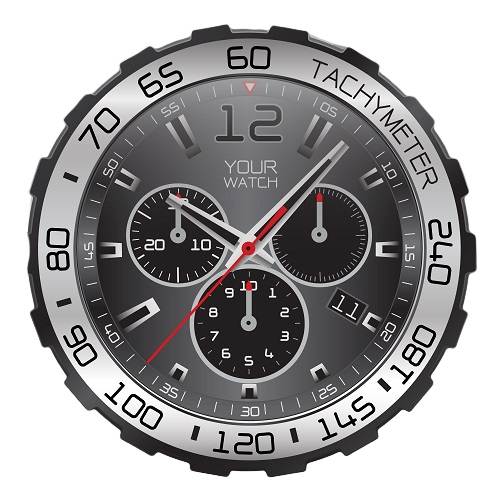
A chronograph allows you to measure continuous and discontinuous time intervals. Generally, it records from a fraction of a second up to 12 to 24 hours. These measurements are recorded in three sundials and are typically controlled by two more pushers that surround the crown.
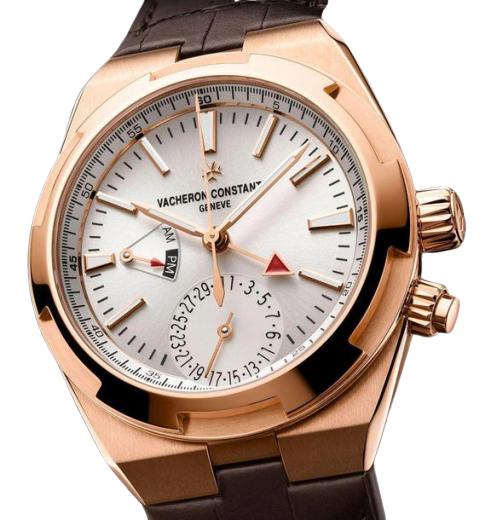
Source: Pinterest
The Greenwich Mean Time (GMT) is the international standard for time that the entire world is designated to. Timezones can either be ahead (+GMT) or behind (-GMT). With this feature, you can easily keep track of the time in a different timezone as long as you know the GMT. A GMT watch follows a 24-hour mode to distinguish day and night.
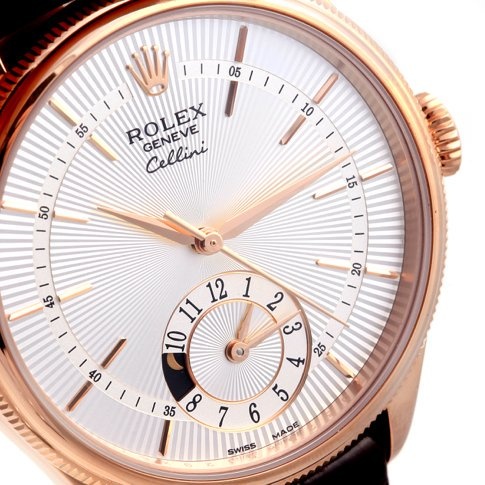
Source: Quora
Also called a “world time” feature, a dual time keeps both the local time of your area and at least one different timezone. This shows you the time of two different timezones at the same time.
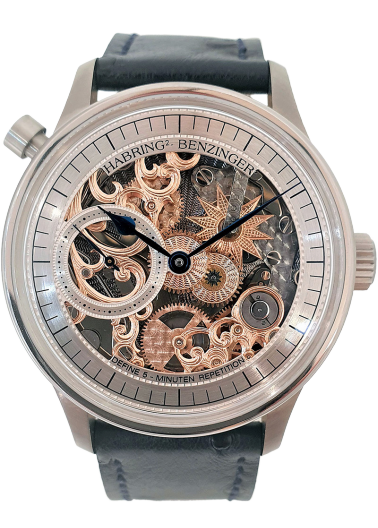
Source: Pinterest
A minute repeater rings the minutes, hours, and quartz by simply pushing a button.
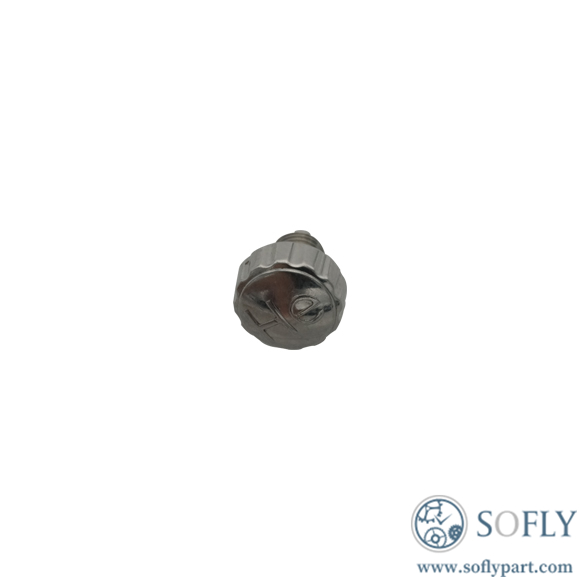
A helium escape valve is a must in diving watches that can withstand going really deep into the ocean. It releases pressure to protect the watch and crystal from popping due to extreme pressure.
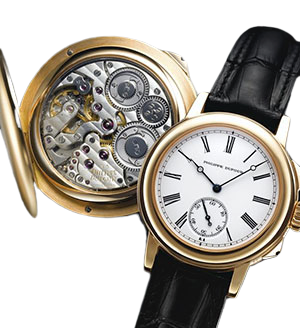
Source: The Peak Magazine
This watch complication enables a watch to strike a bell to sound the time. It functions automatically similar to a grandfather clock. A Petite Sonnerie only strikes the hours, while the Grand Sonnerie strikes the minutes, quarter hours, and hours.
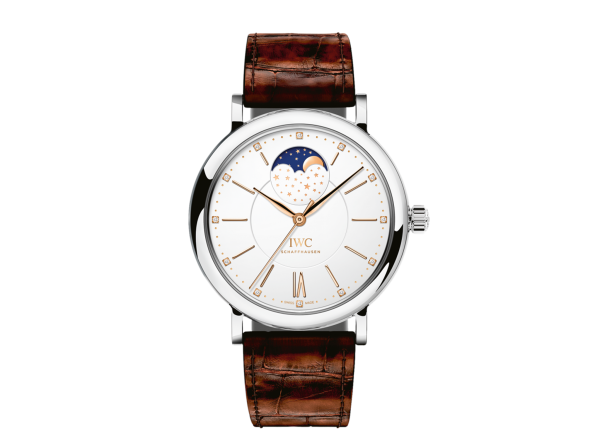
Source: Watch dreamer
A moon phase feature is found in a window on the dial that displays the waning and waxing of the moon.
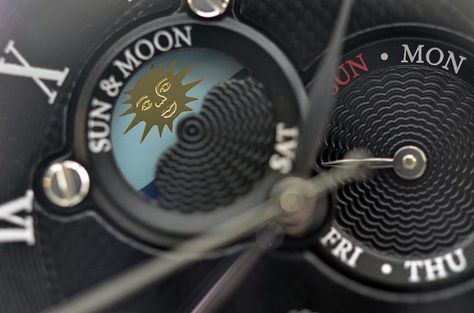
Source: Pinterest
This added feature shows the moon and the sun that rotate on a disc, indicating the time of the day in connection with the sunrise and sunset or AM and PM.
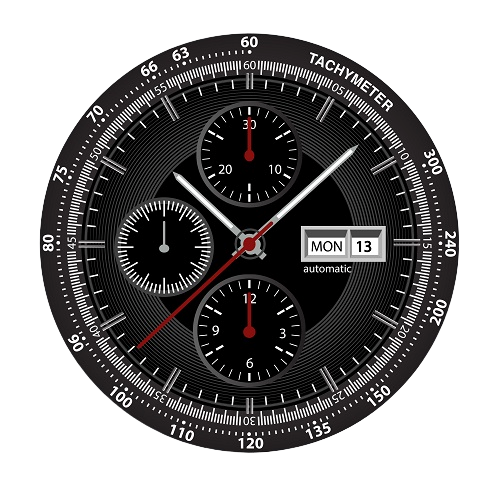
A tachymeter or tachometer is an addition to the chronograph feature used to measure the speed over a specific distance. It is found on the bezel of a watch.
And there you have it! These are the components you can find in different types of watches! We hope you find this content useful! If you have any questions or want to share anything, make sure to comment below!
If you’d like to learn more, we also have awesome guides for How to Replace a Watch Battery and How to Make a Watch.
Til next time!

Copyright © 2018 Sofly Limited
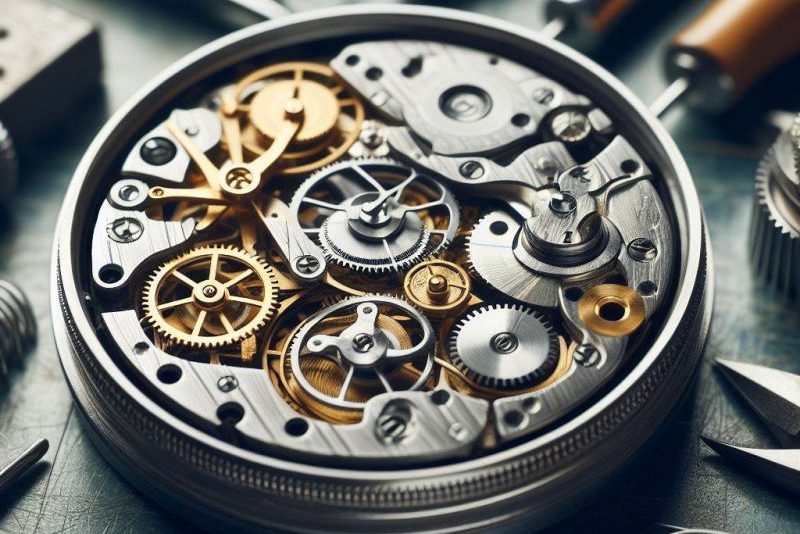
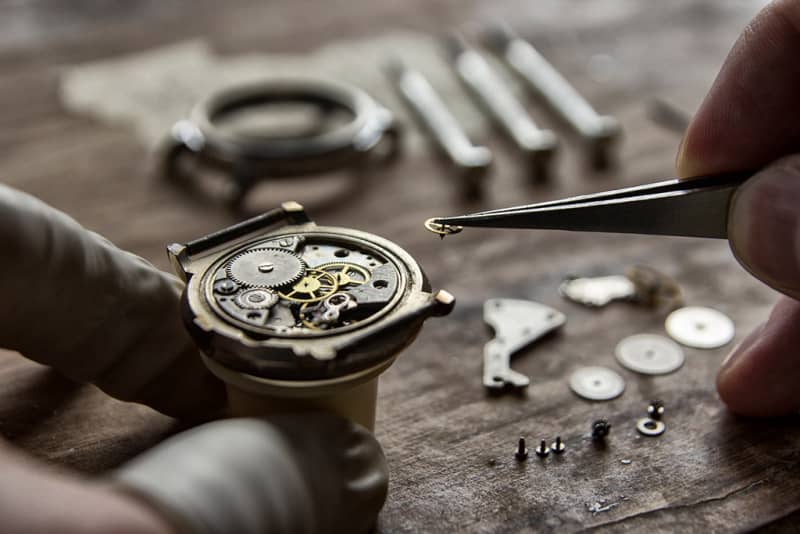
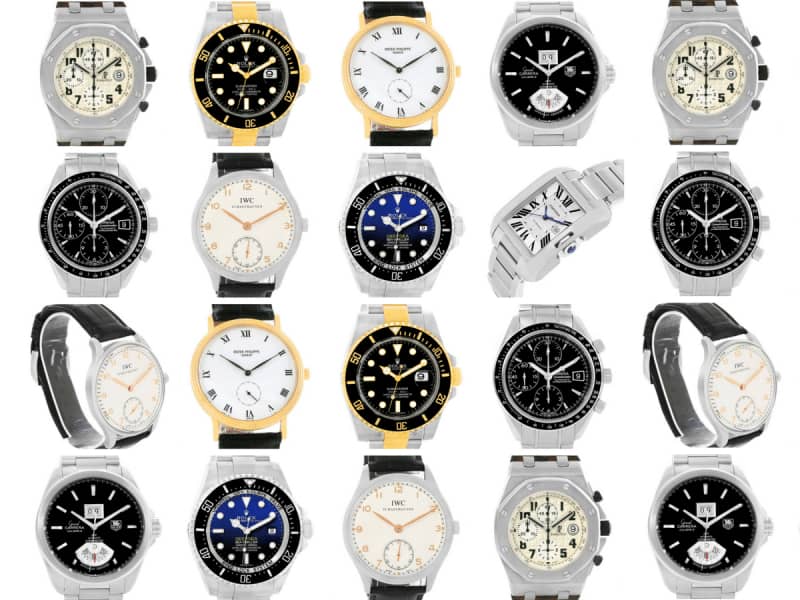
Leave a Reply
Your email address will not be published. Required fields are marked *